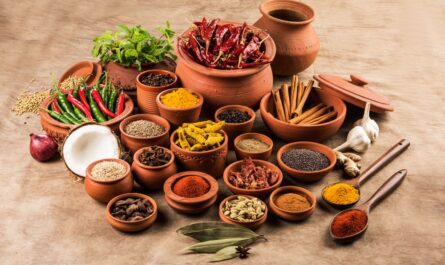What are distilled spirits?
Distilled spirits, also known as hard liquor, are alcoholic beverages that are produced by distilling fermented materials like grains, fruits or vegetables. Through the distillation process, the alcoholic content of the original material is concentrated, resulting in a product with a higher ABV (alcohol by volume) percentage. Some key aspects that define distilled spirits include:
– Produced via distillation of fermented materials
– Higher alcohol content of 24-95% ABV
– Clear appearance without sediment or haze
– Varied flavors depending on base ingredients
The distillation process plays a vital role in turning the base ingredients into refined spirits. It allows for the separation of alcohol from water and other volatile compounds.
The distillation process
Distillation involves heating the fermented base material in a still, which causes the alcoholic vapors to separate from other liquids and rise to the top. The vapors are then cooled and condensed back into a liquid. This concentrated alcoholic liquid undergoes multiple distillations to further refine it.
The stages of distillation are:
– Fermentation: Yeast converts sugars in base materials into alcohol and carbon dioxide.
– Distillation: Heated vapors separate in the still, rise and condense.
– Fractional distillation: Multiple distillations further concentrate the alcohol.
– Maturation: Some spirits aged in wood to impart color, flavor, smoothness.
Popular types of distilled spirits
With varied base ingredients used globally, several classic spirit varieties have emerged over the centuries. Here are some of the major categories:
Whiskey – Made from grains like barley, corn, rye or wheat. Varieties include scotch, bourbon, Irish, Japanese etc.
Rum – Produced from sugarcane byproducts like molasses or sugarcane juice. Styles from Caribbean, Central/South America.
Gin – Flavored with juniper berries and other botanicals, primarily made from grain neutral spirits.
Vodka – Made by distilling fermented grains, fruits or vegetables. Very subtle flavors with high alcohol content.
Brandy – Produced by distilling grape wine or other fruit wines. Cognac and armagnac are famous French brandies.
Tequila – Made in Mexico from blue agave plants, categorized as 100% agave or mixto. Styles include blanco, reposado, añejo.
Distilled spirits form an important category of alcoholic beverages that are produced through a process known as distillation. In this article, we will explore the intricacies of distilled spirits – what they are, the distillation process, popular types of spirits and their key characteristics.
Flavor profiles and uses
The varied base ingredients and production methods lend each spirit its characteristic flavor profiles. Some common flavor notes in spirits include oak, butterscotch, grape, bubblegum, floral, herbal, spice and smoke.
Beyond being consumed straight or on the rocks, many spirits also find uses in cocktails. Gin, rum and vodka are commonly mixed in classic drinks. Whiskey highballs and sour also feature whiskey. Brandy is blended in sidecars, sangria and peppermint patties. Tequila shines in margaritas.
Health effects of drinking
Moderate drinking can provide health benefits like reducing risk of heart disease. But excessive drinking poses risks like alcohol poisoning, cancers, liver damage, high blood pressure etc. The health impacts depend on quantity and frequency of drinking. Binge drinking and underage drinking should strictly be avoided. Moderation is key when enjoying distilled spirits.
In conclusion, distilled spirits comprise an expansive category of diverse alcoholic beverages. Perfectly refined through distillation, they offer varied flavors, histories and uses in food and cocktails. With responsible consumption, spirits can delightfully complement celebrations and socializing when enjoyed in moderation.




